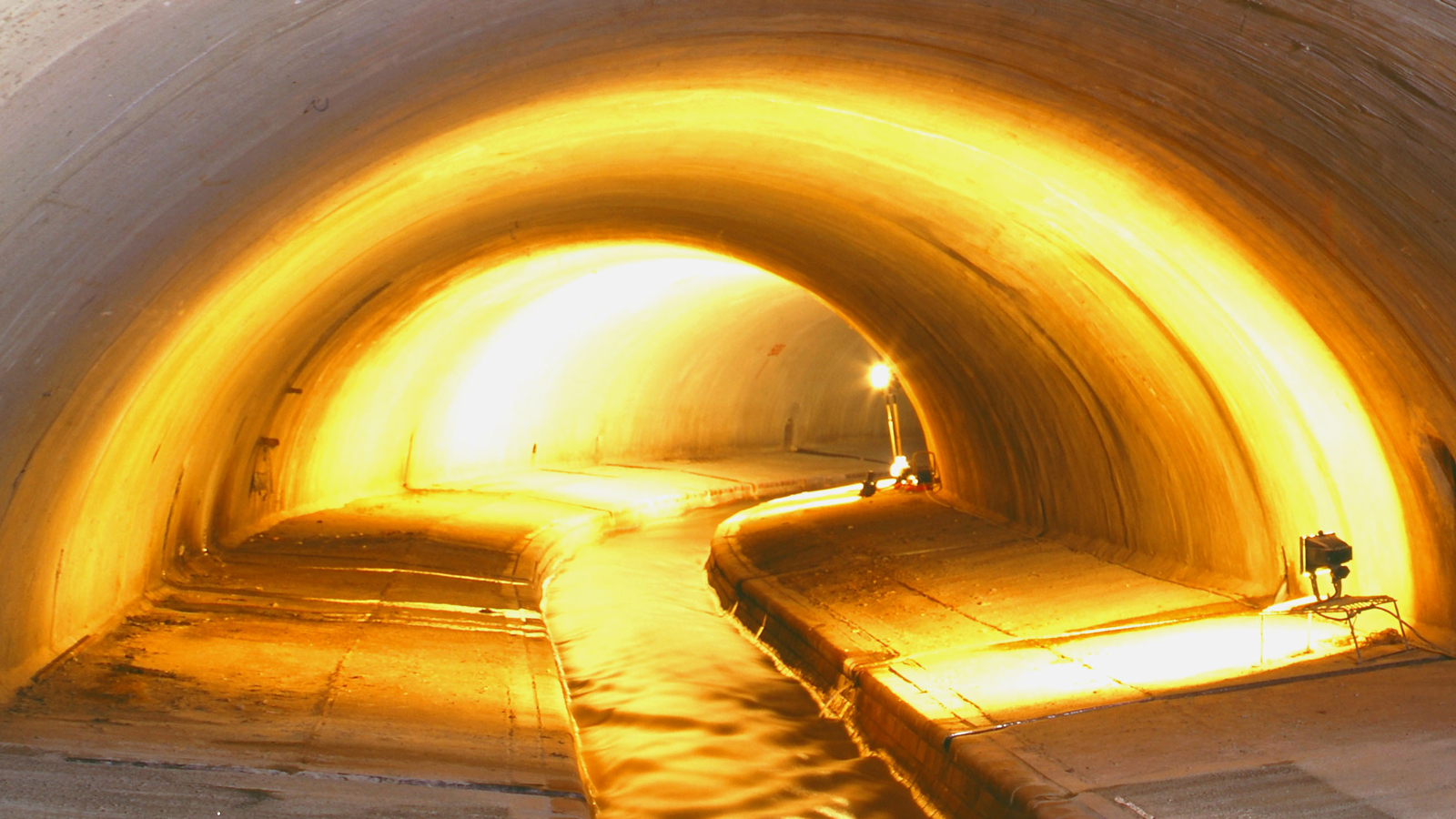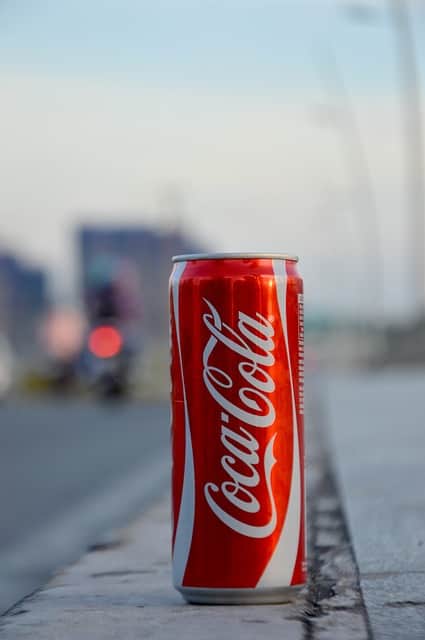Table of Content
Modern ‘point of use’ filtration systems can treat water in small batches, so you have healthy hydration on-demand. Some sit atop your counter, and others can be mounted under your sink for delivery through your tap or an auxiliary faucet. Chlorine is the most commonly used chemical for water treatment in the US.
These state-of-the-art filters can remove chlorine taste and odor from your home’s water, as well as a number of other specific contaminants like hydrogen sulfide, iron, sediment, and more. Are you looking for solutions to get rid of stains around the shower drain? Are soap scum and residue buildup making it hard to get your bathroom completely clean? RainSoft home water treatment resolves these issues by filtering, softening and conditioning every drop your family drinks or uses. Find out what’s in your family’s drinking water with a free in-home water test.
Top reverse osmosis systems near LA GRANGE
The US Environmental Protection Agency regulates a total of 90 contaminants in American drinking water. But there are many chemicals and toxins in water worldwide that we now recognize as harmful — and that regulators simply don’t look for . Distillation Systems will remove common chemical contaminants, including arsenic, barium, cadmium, chromium, lead, nitrate, sodium, sulfate, and many organic chemicals.
There are systems that have been designed to meet the USEPA’s Health Advisory of 70 ng/L for the sum of PFOS and PFOA. If you choose to install a treatment device, you should check to see if the manufacturer has independently verifiable PFAS6 monitoring results demonstrating that the device can reduce PFAS below 20 ng/L. See more detailed information on treatment systems in the Private Well Factsheet. Home water treatment units should only be used to lower health-related contaminants in emergencies or if there is no other safer source of drinking water available. Activated carbon filters use beds of activated carbon to remove contaminants from water. This is done through the process of chemical absorption, where contaminants are trapped within the porous structure of the carbon filter.
Water Treatment Systems FAQ
Most Minnesotans do not need to install water treatment at home to protect their health. If this is not possible, then home water treatment may be appropriate. Use this resource to help decide if home water treatment makes sense for you and what treatment options may be best for you. How do you know if you need a water filter or a water purification or treatment system? What can you do to find the best filter for your home and where do you start?

No filter eliminates all contaminants, so understanding what filters do and do not do is important. NSF Standards for Water Treatment Systems Learn about the importance of water treatment standards and protocols. Alkaline water systems modify the pH of water — typically to a pH of 8 or 9. Contaminated water is heated to a boiling point that kills microorganisms and forms steam.
Ultraviolet Treatment Systems (with pre-filtration)
By installing such a system, you can take direct control of your water quality and ensure what you’re drinking is safe. Filtration of contaminants depends highly on the amount of contaminant, size of the contaminant particle, and the charge of the contaminant particle. In many parts of the world, communities lack the capacity to construct community-wide piped water systems. Today, over 2 billion people do not have access to safely managed drinking water. Household water treatment is treatment of water that happens at home or at a point of use or collection locations within communities .
There is thought to be little if any danger to drinking alkaline water, though, so if you don’t mind the price tag, it’s unlikely to cause harm. That said, there is one brand of bottled alkaline water you might want to avoid. As of this writing, the U.S., Food and Drug Administration has urged the public not to consume the branded alkaline water, Real Water, which has been linked to an outbreak of acute nonviral hepatitis. The company has issued a statement urging retailers to pull its products from shelves and return them to distributors.
Wastewater Disposal from POU/POE Devices (for both Homeowners and Public Water Suppliers)
Inorganic compounds and large non-volatile organic contaminants do not evaporate and are left behind as the vapor condenses into purified water. Ultraviolet light emitted from LEDs or other bulbs has a disinfectant effect by neutralizing bacteria and viruses found in water. Occurring naturally in sunlight, UV rays are a safe alternative to chemicals for targeting pathogenic microorganisms .
Because RO can remove the vast majority of chemical contaminants and neutralizes most biological threats, it is often considered to be something of a gold standard for home water filtration systems. Though depending on your budget, space, or water quality concerns, it may not be the best option for you. No single treatment process can remove all substances in water. If there are several substances you want removed from your water, you may need to combine several treatment processes into one system. For a list of certified devices, search NSF Certified Drinking Water Treatment Units, Water Filters).
Faucet-mounted filtration systems attach to a standard faucet and can be switched on and off between filtered and unfiltered water flow. Not only do plastic bottles pollute our soil, air, and water, but there’s a decent chance the water they contain actually comes from the tap. RainSoft home water treatment solutions for your home or business can help save you money. Mineral buildup can clog pipes, cause your water heater to be less efficient, and damage major appliances. Replacing and repairing these big ticket items is unnecessary if your home’s water is treated. Your major appliances also become more efficient by using fewer detergents and soaps.

Chemical disinfection is another common method for making water safe to use. Chlorination is a common chemical disinfection technique that involves adding a chlorine-based product to water to kill bacteria and viruses. Other chemical disinfectants, such as iodine and chlorine dioxide, can also be effective for disinfecting water. Using or drinking water with small amounts of chlorine, iodine, or chlorine dioxide does not cause harmful health effects and provides protection against waterborne disease outbreaks.
Kinetico Water Systems offers water softeners and reverse osmosis systems for your home. Kinetico was among the first companies to offer nonelectric, fully automatic water treatment systems. Kinetico’s systems are powered by moving water, which keeps your cost down for operation and repairs. Discount Water Softeners has been offering commercial and residential water treatment solutions for over 25 years. It sells, services and installs water softeners, iron filters, reverse osmosis systems, sulfur filters and more. Consumers can order products online with free shipping, as well as take advantage of multiple online sales and specials.

With CleanStart® eco-friendly technology, your washer will get clothes clean with no need for harsh detergents and heated water, thus potentially saving you money on soap and energy bills. You can buy a DIY water testing kit, but you’ll get more reliable results and helpful solutions with a complimentary in-home water test from the experts at RainSoft. For houses with well water, the most complete water softening and filtration system for the entire home.
Filtration
If you receive your water from a PWS, home water treatment units would only be needed to improve the physical qualities of water - the taste, color, or odor. There are a variety of household water treatment systems that work in different ways. Water softeners remove magnesium and calcium in order to soften water. Reverse osmosis systems uses a semipermeable membrane to remove large particles from water. Other filtration systems can target specific problem areas, like high sediment or a chlorine taste, and focus on removing the offending substances. No matter how they work, all water treatment systems have the same aim of producing high-quality water for consumers and their families.


No comments:
Post a Comment